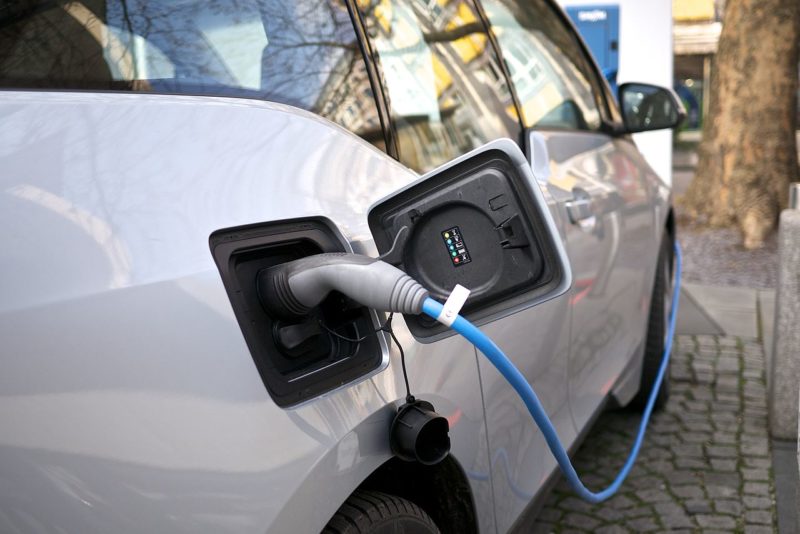Per kilometre, an Electric Vehicle (EV) is much cheaper to run than its internal combustion engine (ICE) equivalent. Depending on how many kms you do a year, this can add up to some significant savings!
To use an example:
Assumptions:
- Car travel of 15,000km annually
- Off peak electricity at 18c/kWh
- Premium unleaded price of $1.60/litre
- Electric Vehicle
A rough estimate for average real-world EV electricity is around 180 Wh/km (including charger losses).
If this EV covers 15,000km and is charged exclusively on off-peak electricity at around 18c/kWh, it would cost the following for one year:
15,000 x 180 = 2700kWh
2700kWh x 0.18c = $4861
- Petrol vehicle
A petrol vehicle at 8L/100km on premium unleaded at $1.60/L would use in one year:
8 x (15,000/100) = 1200 litres
1200L x $1.60 = $1920
Outcomes:
Fuel saving (EV vs ICE): $1920 – $486 = $1434
PLUS: Service savings: estimate $250/yr (one service instead of two per year; less work for EV)
Total savings outcome for using an EV in preference to an ICE for 15000km annually: $16841,2
Notes:
- If you can charge your EV from excess electricity generated from your own solar panels, you can save even more by foregoing the current 6c or 11c feed-in tariff to charge it during peak solar times in the day instead of paying the 18c off-peak tariff.
- EVs currently do not pay ‘road tax’ through the fuel excise. This savings outcome would change if Government legislation is reviewed in coming years when EVs become more common on our roads and fuel excise begins to fall.

Bryce Gaton is an expert on electric vehicles and contributor for The Driven and Renew Economy. He has been working in the EV sector since 2008 and is currently working as EV electrical safety trainer/supervisor for the University of Melbourne. He also provides support for the EV Transition to business, government and the public through his EV Transition consultancy EVchoice.

